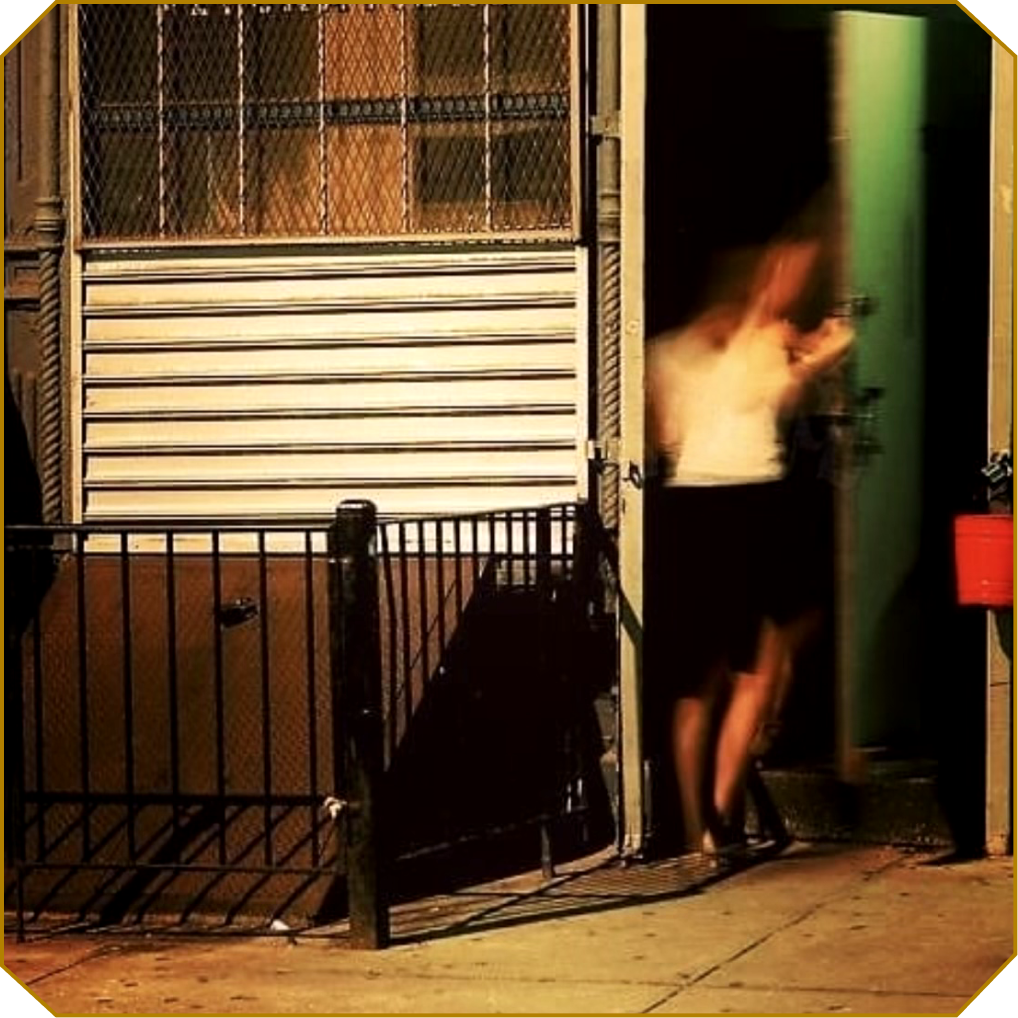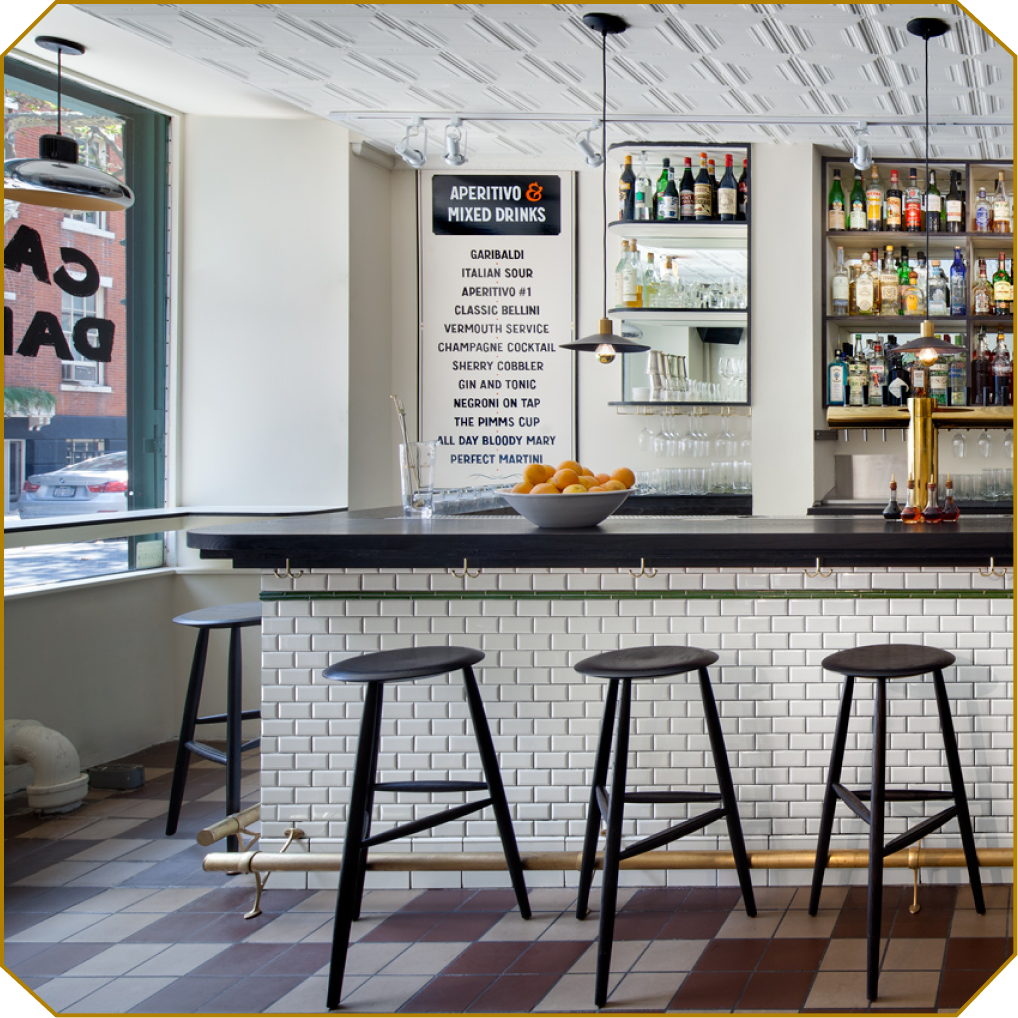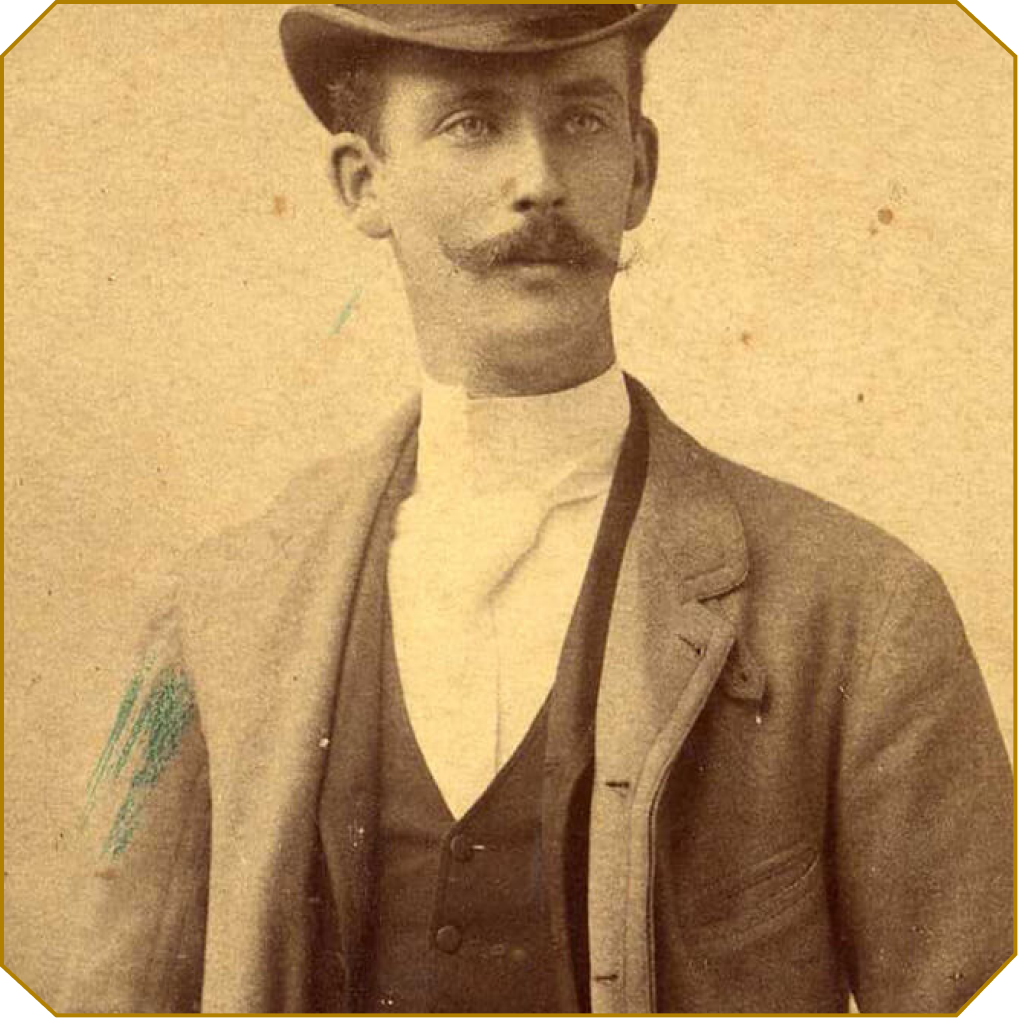And this tradition shows no sign of stopping with some contemporary Negroni variations now considered modern classics, such as the Mezcal Negroni (mezcal, Campari, sweet vermouth), Kingston Negroni (Jamaican rum, Campari, sweet vermouth), and the Negroni Bianco (gin, Suze, Lillet Blanc).
Among the “Negronis Sessions” menu at New York’s Caffe Dante, you can taste a bit of history with a Negroni crafted from vintage 1970s spirits as well as their bestselling Chocolate Negroni (gin, Campari, Punt e Mes, cème de cacao, chocolate bitters), Mezcalito (hibiscus-infused mezcal, red bitter, dry vermouth blend, cherry heering), and their espresso-kissed Caffe Negroni (rum, Marsala, red bitter, coffee liqueur).
The 1:1:1 formula of the Negroni allows you to easily modify the primary ingredients to suit your palate (dialing up the gin in a 1.5:.75:.75 ratio is a popular twist for many Negroni lovers). Bartenders continue to modify the flavor profile and preparation methods of the Negroni in new-look takes, whether through barrel-aging, fat-washing, and fresh fruit infusions to adjusting the texture through carbonation, serving on draft, or as a frozen.
Just over a century old, the Negroni is a true classic that continues to evolve, presenting endless possibilities and continued inspiration.














